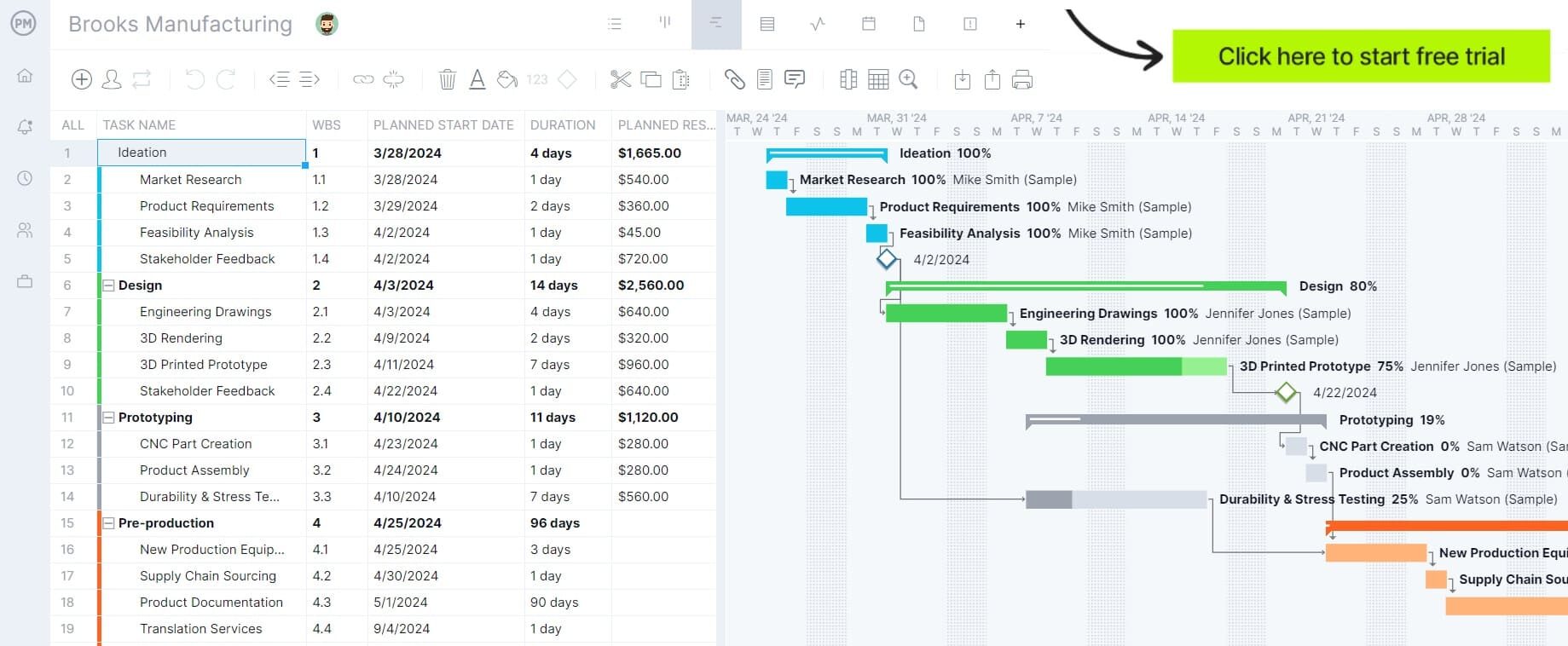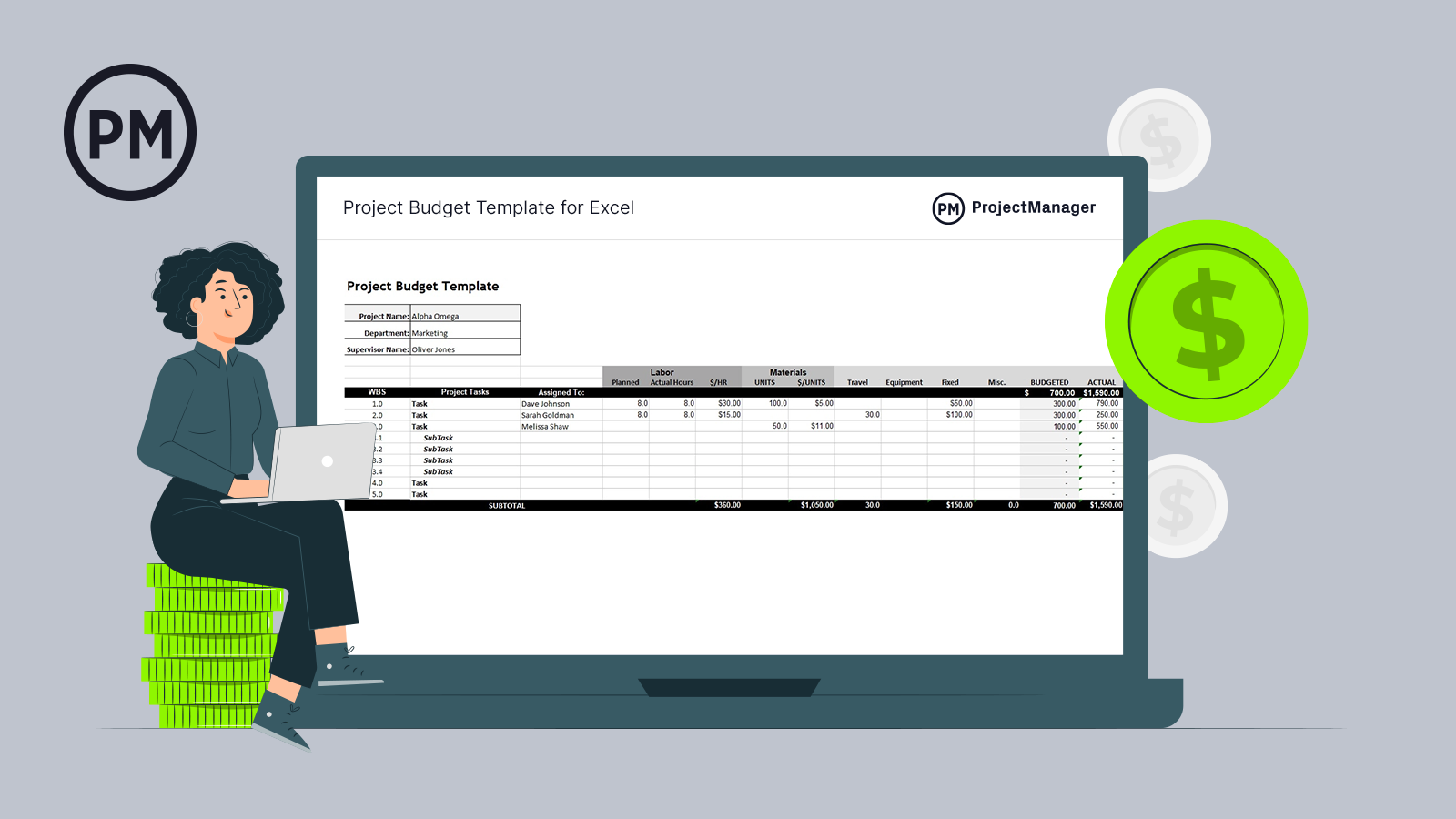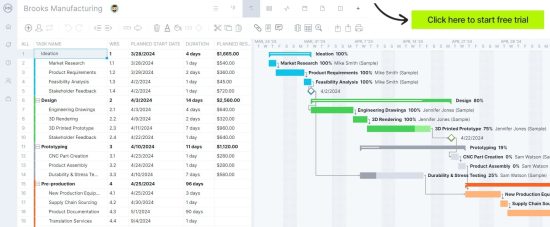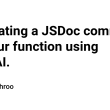So, you’ve got a project approved, and you’re ready to kick off the first phase. But have you worked through project development yet? Pause what you’re doing and take a look at how your project has been developed. It might sound like an unfamiliar phrase, but it matters.
Think of it this way. If project management is the house that you’re building, then a project development process is the blueprint your contractors need to get started on everything. And without that important sheet of paper, you’re already looking at a rocky foundation for your project.
What Is Project Development?
Now, this might sound quite similar to project management. But don’t get them confused—there are a few key differences.
Project management is the process by which knowledge, skills, resources, tools and techniques are used to meet project goals. This is usually mapped out from the perspective of leadership, and then passed down to project managers for further development after the fact.
Project development, on the other hand, describes the process of planning and allocating resources to fully develop a project or product from concept to go-live, or in other words, the unique implementation of project management principles, techniques and tools for executing a project.
Some project development actions include establishing the people who will make up the project team or producing project management documentation. Such processes are typically developed by the project managers attached to the project. So, like the example we mentioned before, it’s the difference between a house and its blueprints.
Most organizations use project management software like ProjectManager to help with this process. ProjectManager offers project management tools such as Gantt charts, project calendars, real-time dashboards and many others, which can help manage the initiation, planning, execution, monitoring and control and closing phases of project development. Get started with ProjectManager today for free.

What Does a Project Development Manager Do?
A project development manager also called a project developer or project development manager, plans and operates all facets of a business, including projects, marketing and finances. The project development manager is also involved in the front end of a proposed development identifying and analyzing potential opportunities and the potential return on investment (ROI). This is usually an office-based role with a higher-level strategy viewpoint.
Stages of the Project Development Process
The project development process is divided into five phases: initiation, planning, scheduling, monitoring and control and closing. To better understand the project development process, let’s explore each phase briefly.
1. Project Initiation
The first phase of the project’s life cycle is where its purpose and value are determined and the project team is assembled. The scope of the project is figured out as well as other founding project management doc
2. Project Planning
At this point, the project manager creates a project development plan, an action plan that determines the steps needed to achieve the project’s goal. A budget is forecasted to cover the cost of the plan. This includes tasks, resources, costs, milestones and deliverables.
3. Project Execution
This phase sees the project plans put into action. The execution phase is where the project team completes their tasks to develop the project or service and it tends to be the longest of all the project development phases.
4. Project Monitoring and Control
During the development project execution, the project monitoring and control phase is also going on. That’s because it is about reviewing the project’s progress and performance and comparing that actual data to the project plan and where the project should be at the time recorded. This proves data that helps to keep the project on track or get it back on track when not aligned with the plan.
5. Project Closing
The project closure phase begins after the final deliverable has been done when the project manager and team will evaluate the work that has been completed and determine if they met their goals. Besides lessons learned that can be applied moving forward, all project documentation has to be signed off on and the team released to assign to new projects.
Project Development Best Practices
Follow these tips for project development and improve the chances of delivering successful projects on time and within budget.
Discover Your Project Plan’s Details
During discovery, you’ll categorize every part of the project that’s been defined by the project plan. What needs to be done? Who is doing it? What resources will you need to make it happen? Having questions like that already answered before you get to the discovery phase is important.
It’s also during this phase that you’ll figure out how to measure project progress and identify which milestones you’ll need to create to reach the desired outcome.
Allocate Budgets, Resources, Staff and Time
During the allocation phase, you’ll spend most of your time getting extremely organized and granular with your overall plan. What will be done, when will it be done, and who will do it, are all questions you’ll answer during this resource allocation phase. Additionally, you’ll orchestrate risk assessments during this phase to better understand where potential problems will arise during the project, and allocate time accordingly.
Budgets, the project timeline, risk analysis, as well as any assumptions will be interwoven throughout the project where applicable.

Get your free
Project Budget Template
Use this free Project Budget Template for Excel to manage your projects better.
Kick-off the Project
Your project timeline, development plan and budgets have all been approved by your stakeholders, and you’re ready to kick it off. At this point, you’ll set your project into motion, ensure that all stakeholders and team members are on the systems they need to be on to track the project and watch as everything takes flight. Everyone will be working together to create deliverables and ensure that the budget, resources and timeline are balanced and followed accordingly.
Additionally, you’ll be managing your project development throughout the entire project process. Whether your project is operating in sprints or via a different method, you’ll be managing and optimizing during this phase as well.
Quality Assurance
Once your project is complete, you can breathe a sigh of relief. Was it a success? Did the risks that you anticipated occur? Were there any spots in the project that could have been optimized for maximum output and performance? This is where you test the finished project and ensure that all the loose ends are tied. Gather all relevant data, and present to your key stakeholders for review.
Review and Report
The final phase is review and report. You’ve kicked the tires and tested the result for assurance. It all went according to plan. Now, you’ll take all of your findings and data, and get feedback from your stakeholders. Where do they think the project could have gone more smoothly? What would they like to see happen during the next project process? Was there any knowledge loss or waste during the project process? You’ll assess this with leadership during this phase.
Tips and Tricks for Project Development Phases
The basic rules of creating and managing a project development process are as follows:
- Stay organized
- Keep lines of communication open
- Track everything
But the biggest key to mastering project development phases is to have a software system in place to better track everything.
From your timeline to your employees being able to comment on their tasks, to allocating resources, milestones and more. Having a system in place before project kickoff works more effectively than a spreadsheet and keeps everyone organized (not just you!) in one place. Project management software is an excellent option for this.
Key Deliverables for Project Development
Since project development acts as the blueprint for the project plan—or the house—the deliverables are roughly the same. It’s the project completion itself, whether that is a house, an app update, a new product launch, software implementation or a website. The deliverable is the ultimate objective that all leadership and key stakeholders signed off on and that all team members worked so tirelessly to create.
Things to Avoid When It Comes to Project Development
There are plenty of mistakes to avoid making during your project development process, but we’ll keep it simple.
Common mistakes in project development often arise from a lack of research at the outset. Did you match your resources ineffectively? Were there communication slip-ups with stakeholders and team members? Did the project scope get away from you? Did the project go past the deadline or budget? Did you experience hiccups while gathering requirements?
Those mistakes listed above are common mistakes to avoid during project development. That’s why when you’re developing your project, it’s best to assume Murphy’s Law—anything that can go wrong, will. That way, you can develop fail-safes or contingency plans that activate when plan A experiences issues.
How ProjectManager Can Help With Project Development
Developing a project plan is no easy feat. It’s the details that make up the DNA of your project. One missed detail or one improperly communicated piece of information can have your whole project start on the wrong foot.
With ProjectManager, you can plan using both agile or waterfall methods, so that no matter which way your team works best, you can have a plan that suits their needs. All your stakeholders and team members can have access no matter where they are, view the project timeline, comment on tasks and collaborate more efficiently. You can also assign tasks to team members along with due dates, and see activity when updates occur.
ProjectManager also has advanced tracking and reporting features. We have a real-time dashboard that automatically updates critical project metrics, so you always have a pulse on your project. And, for an even deeper dive, we offer automated project reports that analyze project status, variance, task progress and more.
Having your project properly developed before going live is the bread and butter of a smooth project process. But without a proper software system in place to make that happen, you’ll be going into your project blind. Assure stakeholders that all systems are going, and enable your team members to communicate effectively no matter which phase they’re in. ProjectManager is award-winning, cloud-based software that’s committed to helping teams collaborate effectively across multiple platforms. Sign up for our free 30-day trial today.
The post Project Development: Everything You Need to Get Started appeared first on ProjectManager.







